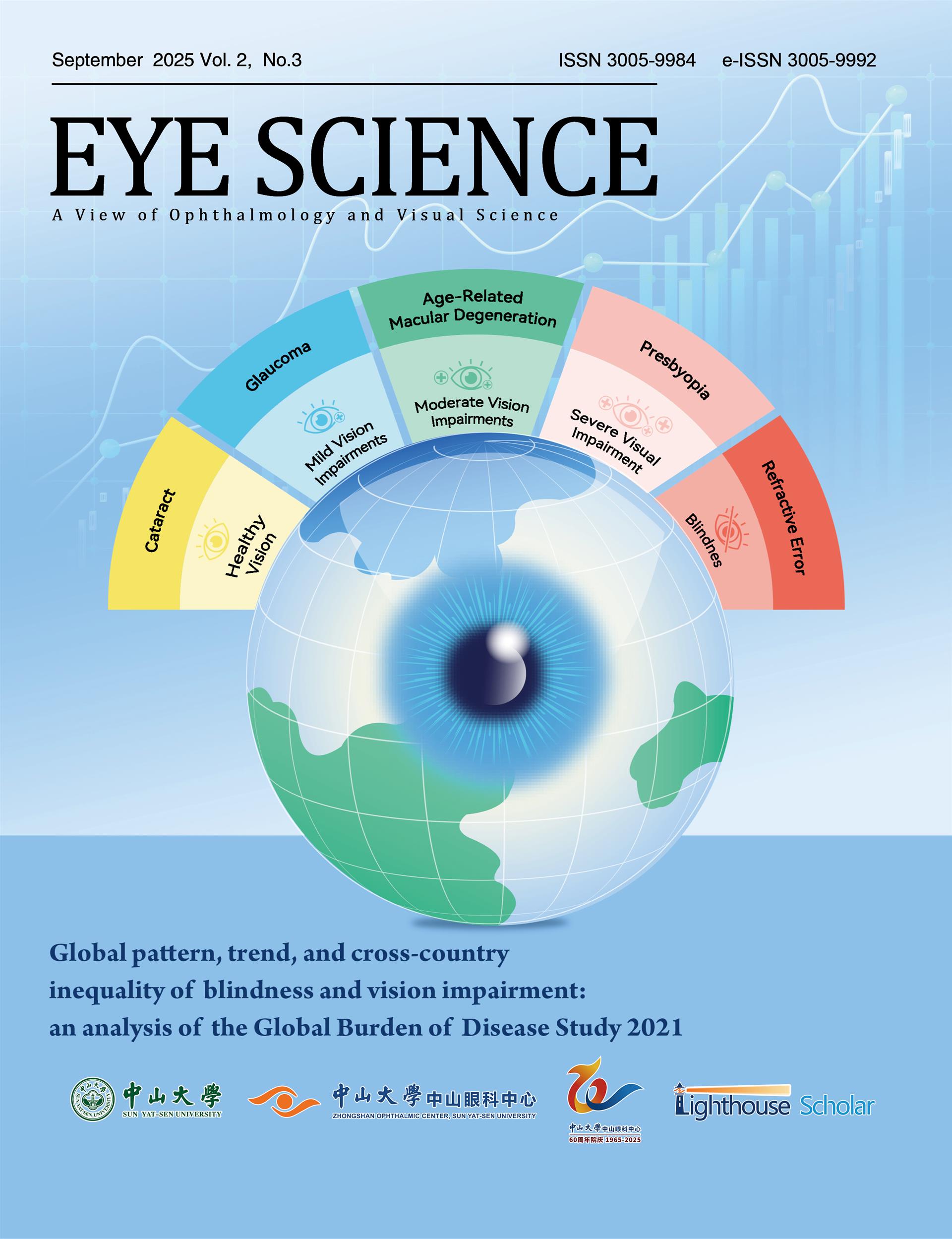Background: The study aimed to report the distinctive fundus appearance of bilateral asymmetric choroidal melanocytosis and reviewed the clinical and multimodal imaging characteristics to differentiate choroidal melanocytosis from malignant pigmented retinal lesions. Methods: An observational case report and literature review. Results: A 60-year-old patient underwent comprehensive ophthalmologic examinations.Underfunduscopic examination, bilateral choroidal melanocytosis with asymmetry choroidal pigmentation change was observed. In the right eye, there was diffuse darker coloration extending from posterior pole to the mid-peripheral retina. In the left eye, flat patches of choroidal hyperpigmentation were present, involving superior and inferior hemisphere region, while other regions were depigmented. Spectral-domain optical coherence tomography revealed that the layers of retina and choroid were basically normal, with no elevation of the retinal pigment epithelium.Near infrared reflectance images provided a clearer view of mottled focal hyperpigmentation area, which corresponded to the choroidal hyperpigmentation. Conclusions: This case highlights the effectiveness of multimodal imaging in distinguishing choroidal melanocytosis from malignant entities. It emphasizes the crucial role of multimodal imaging in guiding clinical management to prevent vision-threatening complications and monitor potential malignant transformation.

















